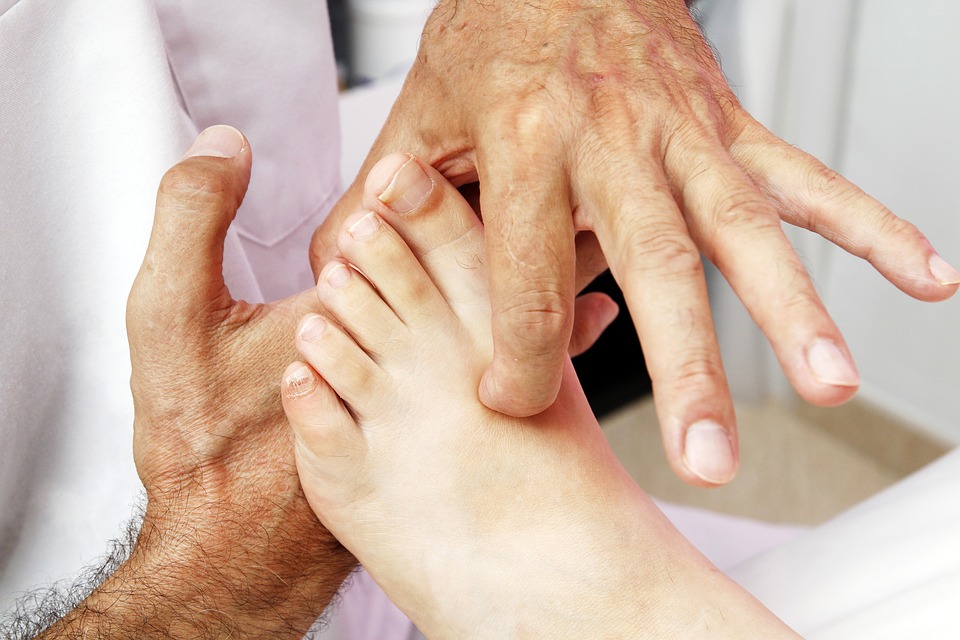When you are suffering from type 1 or type 2 Diabetes, regular foot examination is a very important step to take. In addition to regular foot examination by your physician, those who have a history of foot problems may need to visit a foot care specialist or a podiatrist as frequently as possible. But what happens during such appointments or how should be prepared? Well, as a guide, here are some of the things that you should expect during such visits.
1. Questions About Your General History
Your podiatrist or doctor will want to get a sense of the kind of foot problems that you usually experiences and changes of the sort that you faced during your last visit. For instance, he may ask you whether you’ve experienced any pain or problems in your feet and whether your feet usually itch, feel numb or tingle. He may also want to know the kind of medications and creams you are using.
2. Physical Examinations
Another important aspect is the general examination of your foot. Your doctor will look at any form of abnormalities in appearance and ask whether you’ve noticed any changes in your feet. Your doctor will also look at dermatological abnormalities and changes in your bones structure. Some of the skin abnormalities may include blisters, calluses, among others.
3. Ankle Reflex Test
This is the kind of test where the doctor hits just below the knee with a small mallet. During this time, he taps on the Achilles tendons that run down the back of the ankle. If the nerves are healthy, the foot will move down in a pointing motion. However, if the reflex is weak, then it is an indication that the neuropathy is a little bit advanced.
4. Vibration Test
This kind of toe test for diabetes is meant to measure the sensitivity of vibration. It involves the doctor taking a 128-Hz tuning fork and pinging it against his or her hand before lightly pressing it against a few places on the feet and asking you how you feel. The doctor will hold it there for some time until you tell him or her that you no longer feel the vibration. If the doctor feels the vibration longer than the patient, then it means the nerves are damaged.
Wrap-up
There you have it; some of the things to expect during a toe test for diabetes, depending on your medical history and your symptoms. Remember, early detection of infections, injuries, nerve damage, and circulation problem can be very important in helping you prevent and treat further diabetes-related foot issues.









